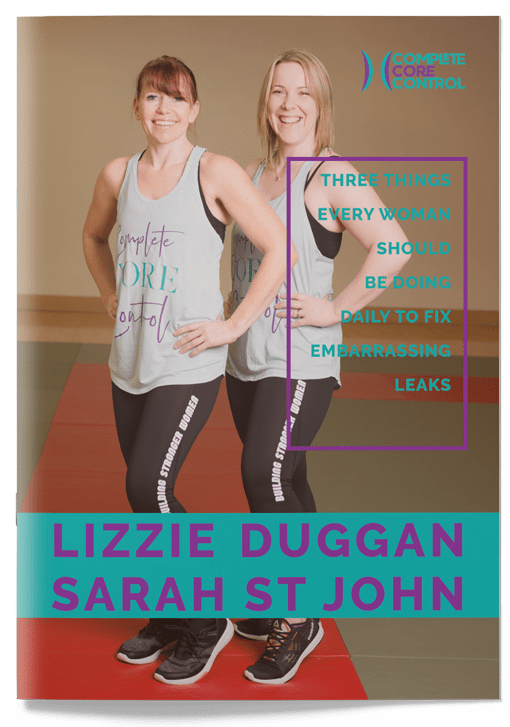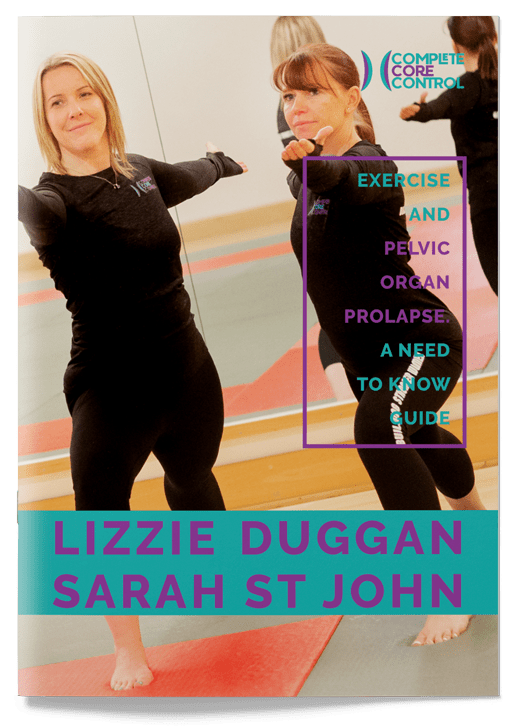In today’s health and fitness realm, buzzwords pop up and fade, but when it comes to core and pelvic health, there’s a term gaining momentum that’s set to stay: “hypopressives.” You may have heard of it, but do you know what it truly entails and its potential benefits for women’s health? Let’s dive in.
Hypopressives: A Quick Overview
Hypopressives refer to a set of exercises and postures that aim to decrease pressure within the abdominal and pelvic regions. In stark contrast to traditional core exercises that increase intra-abdominal pressure (like crunches or planks), hypopressives use rhythmic breathing and specific postures to create a “vacuum” effect in the abdomen.
The Genesis of Hypopressives
Originating from Europe in the 1980s, hypopressives were initially developed as a physiotherapeutic approach to aid women dealing with postpartum complications, particularly urinary incontinence and pelvic organ prolapse. Over time, their benefits became increasingly recognized, evolving from a therapeutic solution to a preventive and empowering exercise regime for women at all stages of life.
Hypopressives and Women’s Health
1. Strengthening the Pelvic Floor
The pelvic floor is a group of muscles spanning the base of the spine to the pubic bone. These muscles can weaken due to childbirth, aging, surgery, or other factors. Hypopressives can aid in toning these muscles, helping to prevent or alleviate pelvic floor dysfunctions.
2. Reducing Symptoms of Pelvic Organ Prolapse
Pelvic organ prolapse occurs when the organs in the pelvic region, like the uterus, bladder, or rectum, descend into the vaginal canal due to weak supportive tissues. Hypopressives have shown promise in alleviating symptoms and even reducing the grade of prolapse in some cases.
3. Improving Core Stability
Beyond the pelvic floor, hypopressives engage and strengthen the entire core musculature, enhancing stability, posture, and overall function.
4. Addressing Urinary Incontinence
A stronger pelvic floor, courtesy of hypopressives, can effectively reduce incidents of both stress and urge incontinence, common issues faced by many women.
5. Enhancing Respiratory Function
Hypopressives involve diaphragmatic work which not only aids core function but also respiratory capacity and function.
6. Postpartum Rehabilitation
After childbirth, women often grapple with weakened core muscles, diastasis recti (separation of abdominal muscles), and other pelvic health issues. Hypopressives can be an invaluable tool in postpartum recovery, helping restore core function and pelvic health.
Why Choose Hypopressives?
With the myriad of exercise options available, why turn to hypopressives? One core reason (pun intended!) is their non-invasive, holistic approach. Instead of targeting just one muscle group, hypopressives engage the entire core system, promoting integrated strength and function. Additionally, they’re adaptable, suitable for women of various ages and fitness levels.
Discover More With Us
Curious to explore the world of hypopressives? Our platform offers comprehensive resources, from detailed e-books at the bottom of this page to our acclaimed CCC Membership, granting you access to a treasure trove of knowledge and guided exercise sessions.
Remember, women’s health is multifaceted, and so should be our approach to it. It’s time we embraced innovative, holistic methods like hypopressives to foster better health, strength, and well-being. Join us in this empowering journey!




